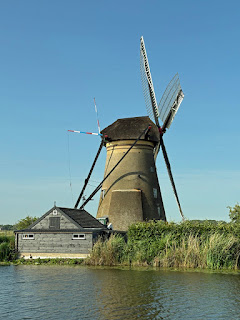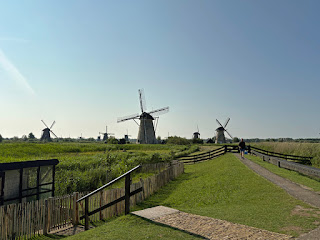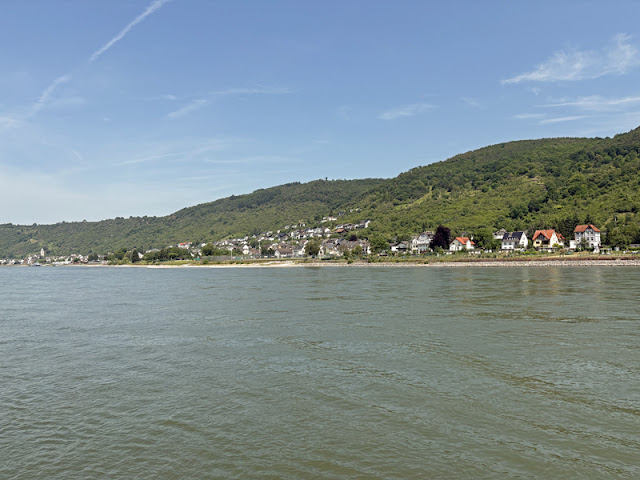We are sharing the final segment of the river portion of our European trip on our Living Richly in Retirement online journal. We appreciate everyone who has read and commented.
Entering Austria, our first stop was in the pretty little touristy town of Melk, home of the iconic Benedictine Melk Abbey.
At this point, we have seen and heard all we care about castles, cathedrals, abbeys and architecture.
Continuing down the river, through Wachau Valley
And then we arrived in Vienna. Our first impression was another ancient architectural city flooded with tourists. However, during our free time we ventured out of the busy inner city into other areas. Strolling through a city park we encountered masses of school children. Inquiring from a local, we learned that it was the first day of the last week of school, which is a week of daily excursions. About two miles from our ship we found Hundertwasser Village,
a former car tire factory converted into an apartment building using the concepts of artist Friedensreich Hundertwasser. Unfortunately, at the time, we were not aware that we could tour the inside.That was impressive, but more so was twenty-year-old Alma Deutscher, a former child prodigy who composed her first full-length opera at age 10. As she conducted the small orchestra, she also played a few of her pieces, including a movement from the Violin Concerto which she composed at age 9 and our favorite, The Waltz of the Sirens, worth checking out on YouTube
Our 2-week and 4 countries, our river cruise comes to an end in Budapest, Hungary.
After a bus trip around the city, we visited yet another church. With its colorful mosaic roofs and outstanding views, Mathias Church Buda Castle was a bit more interesting than some of the others.
Saying good-bye to our new friends and the fabulous crew of the Gymir we board a bus for a few days Prague, Czech Republic before heading home.
When asked if we would recommend the Viking Grand European River Cruise, it depends on the type of travel one enjoys. For us it was what we wanted at this stage in our lives. A snapshot of many different villages and cities, free of planning and decision making. The accommodations and crew were outstanding.
As always, the one thing that makes travel rewarding for us is the people we meet. Everyone has a story. We would love to share some of the interesting stories with you and answer any questions, maybe over a glass of wine.















































